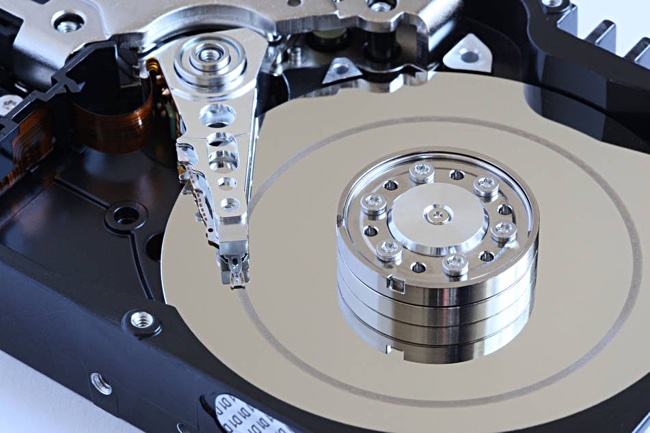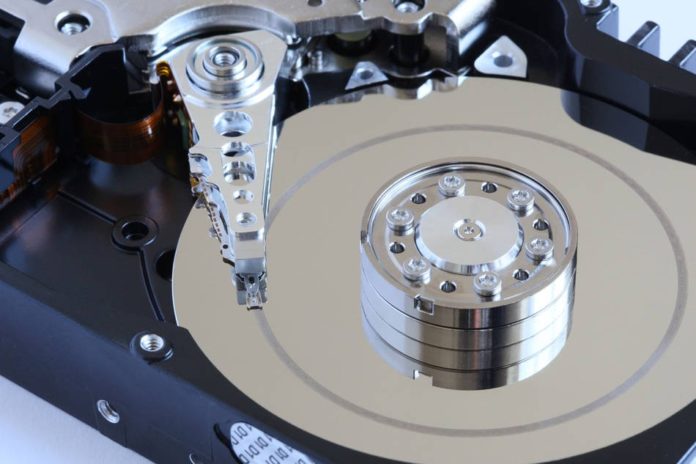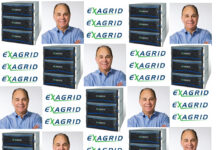Damaged recording surfaces are responsible for 70 per cent of hard disk drive (HDD) failures.
Damage is generally caused by the hard drive experiencing a physical shock; being hit, falling over or being dropped. The shock can result in a head crash or damage to the platters.

Circuit board failures account for 18 per cent of drive failures and moisture or static electricity is typically to blame.
Stiction (friction + sticking) from stuck read/write head armatures is responsible for 11 per cent of the failures. Drives left idle for a long time may be susceptible because the mechanisms do not move. Keep your drive active.
Drive motor failure is responsible for just one per cent of hard drive failures.
These statistics were collated by DriveSavers, a disk data recovery firm (and published by Backblaze).

To guard against data loss from failed disk drives, Backblaze product marketing director Skip Levens recommends:
- Handling disk drives like precision machinery. Keep them in dry locations, avoid physical shocks and prevent static electricity discharges.
- Copy data onto a second drive or use a RAID scheme to protect against drive failure.
- Use erasure coding to mitigate data corruption from bit flip errors. You can get this by copying the data to an on-premises or cloud object store that supports erasure coding.
This is fairly basic stuff.
Alternatively, you could, if VAST Data has its way, get rid of hard drives altogether.
A hard drive’s gonna fail
Drive makers all publish impressive mean time before failure (MTBF) figures but these are general statistics. It would be useful to know the reliability of individual hard drive makes and models and DriveSavers is well-placed to pinpoint good and bad performers. Perhaps this could be the subject of the next survey that BackBlaze commissions from the company.








